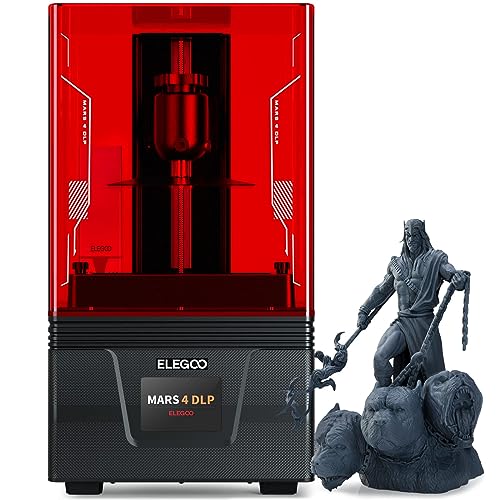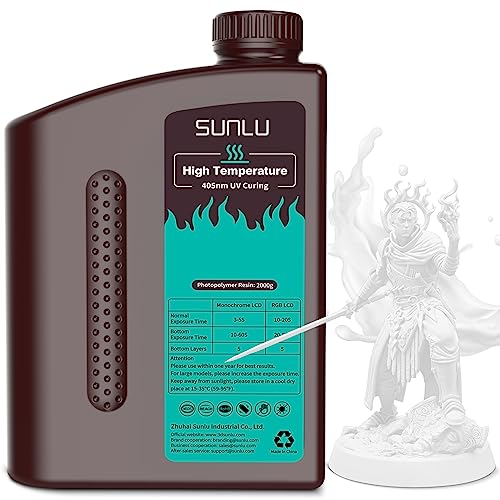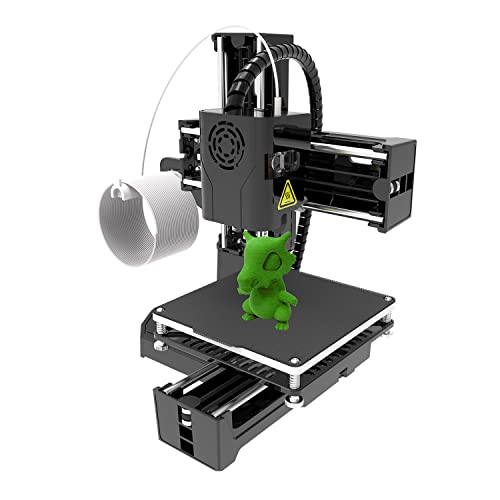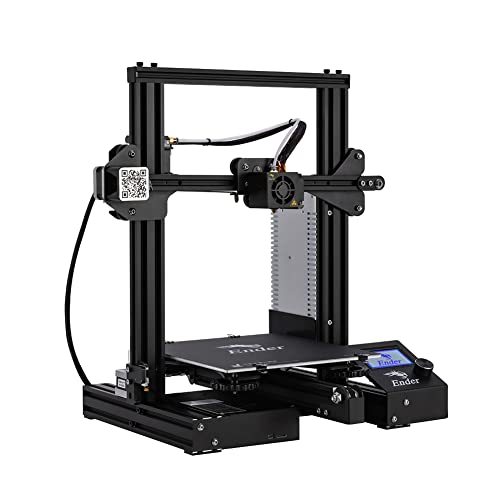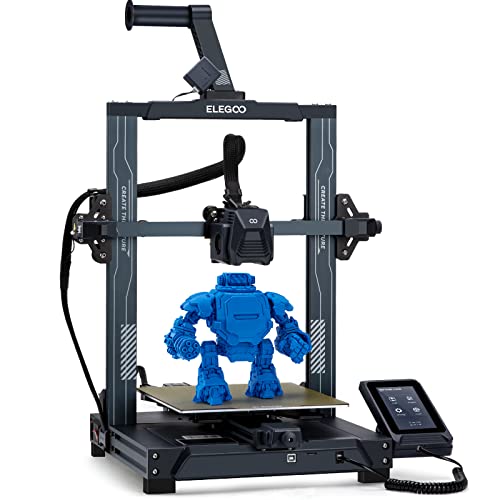When shopping for a 3D printer, knowing the must-have features can make a big difference in your printing experience. You want something that meets your needs and fits your projects. Here are some key 3D printer specifications to keep an eye on.
First, look for a good build volume. This tells you how large your prints can be. If you're planning to create anything substantial, a printer with a generous build space is crucial. Think about what you want to make. Bigger projects need more room.
Another important feature is print resolution. This affects how detailed your prints will be. A printer with a lower layer height can create more intricate designs, which is great for detailed models. If precision matters to you, make sure the printer offers a good resolution.
Don’t forget about the types of materials the printer can handle. Different printers support different filaments. If you want to work with a variety of materials, like ABS or PLA, check that the printer can accommodate them. Some printers even handle flexible or specialty filaments, opening up more creative possibilities.
Lastly, consider connectivity options. Having Wi-Fi or USB support can make life easier, especially if you want to print directly from your computer or phone. It simplifies the whole process and lets you manage your prints from anywhere in your home. Those are all key 3D printer specifications to think about when you're making your choice!
Understanding Print Quality and Resolution
Layer height is the thickness of each slice your printer lays down when creating an object. Smaller layer heights lead to finer details and smoother surfaces, which is great for intricate designs. However, this might also slow down your printing time. A height around 0.1 mm is often a sweet spot for quality prints without excessive wait times.
Resolution, on the other hand, often focuses on how clear and sharp the details come out. It’s measured in microns, and lower numbers generally mean better resolution. For example, a printer with a resolution of 50 microns can produce finer details than one set at 200 microns. So, if you're planning to create models with tiny features or complex geometry, prioritize a printer that handles lower resolutions well.
It's not just about the technical specs, though. Consider what you're actually printing. If you're working on prototypes or functional parts, you might prioritize durability over fine detail. But for artistic pieces or miniatures, the print quality becomes super important. Always match the 3D printer specifications with your project needs for the best results!
ELEGOO Mars 4 DLP 3D Printer: High-Quality Desktop Resin
Printing at an Unbeatable Price!
Product information
Product Review Score
4.5 out of 5 stars
143 reviewsProduct links
Importance of Print Speed and Efficiency
When diving into the world of 3D printing, print speed and efficiency are big deals. Nobody wants to wait ages for a project to finish, especially if you’re eager to see your ideas come to life. Higher print speeds mean you can churn out models faster, which is perfect for prototyping, creating custom parts, or just having fun with your hobby.
Think about it: if your printer has a good balance of speed and precision, it saves you time without sacrificing quality. No one enjoys dealing with long print times, especially when you're trying to meet a deadline. With the right 3D printer specifications, you’ll often find that faster printers can still produce detailed models without the dreaded layer lines or other imperfections. That’s a win-win!
Efficiency also plays a key role in your 3D printing experience. A printer that uses materials wisely not only helps you save money on filament but also reduces waste. Look for features in 3D printer specifications that highlight efficiency, like smart filament sensors and automatic print bed leveling. These little things can make a big difference, boosting production while keeping your projects running smoothly.
In short, focusing on print speed and efficiency helps you get the most out of your 3D printing adventures. The combination of fast printing and smart features means you can experiment and create without the usual frustrations. It's all about making your life easier and your creations more exciting!
SUNLU High-Temp Fast Curing 3D Printer Resin
Experience quick and efficient printing with this high-temperature resin that delivers stunning details and durability
Product information
Product Review Score
4.3 out of 5 stars
40 reviewsProduct links
Bed Size and Build Volume Insights
When you're diving into the world of 3D printers, understanding bed size and build volume is super important. These specs determine what you can actually create with your printer, so pay close attention!
Bed size refers to the dimensions of the print surface. If you're planning to make larger models, you'll want a printer with a bigger bed. Common sizes range from about 200mm x 200mm (which is decent for smaller projects) to 400mm x 400mm or even larger. Just remember, a bigger bed means you can print bigger items, but it can also take up more space in your workspace.
Build volume, on the other hand, is the total space your printer can work with. This is usually expressed in three dimensions: width, depth, and height. For example, a build volume of 300mm x 300mm x 400mm means you can create pieces that are up to 300mm wide, 300mm deep, and 400mm tall. This is especially handy for multi-part projects or intricate designs where size matters.
Think about what you really want to print before making a decision. If you love creating detailed miniatures, a smaller bed might be just fine. But if your passion leans toward larger objects like prototypes or cosplay props, aim for a bigger build volume. It’s all about finding what matches your creative goals!
